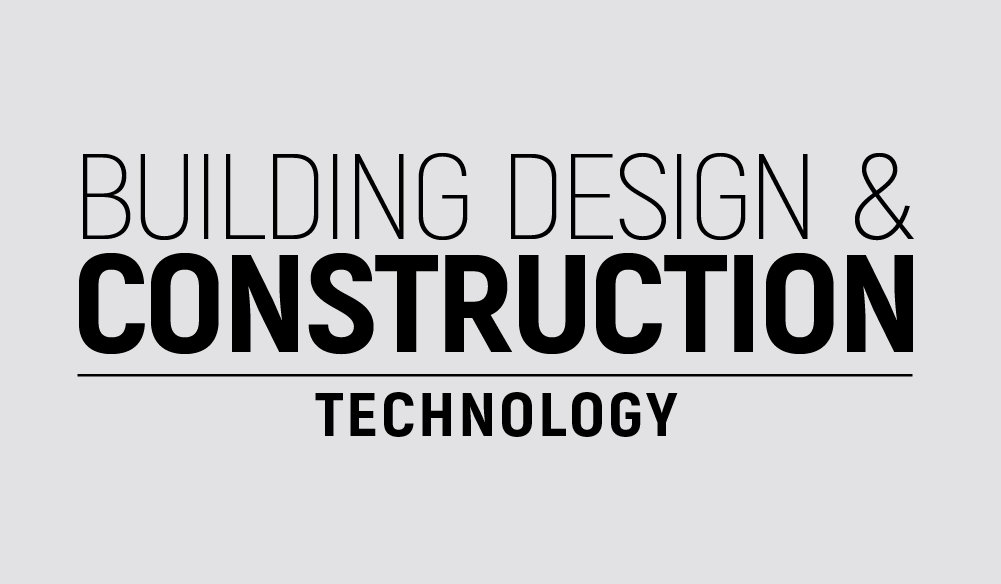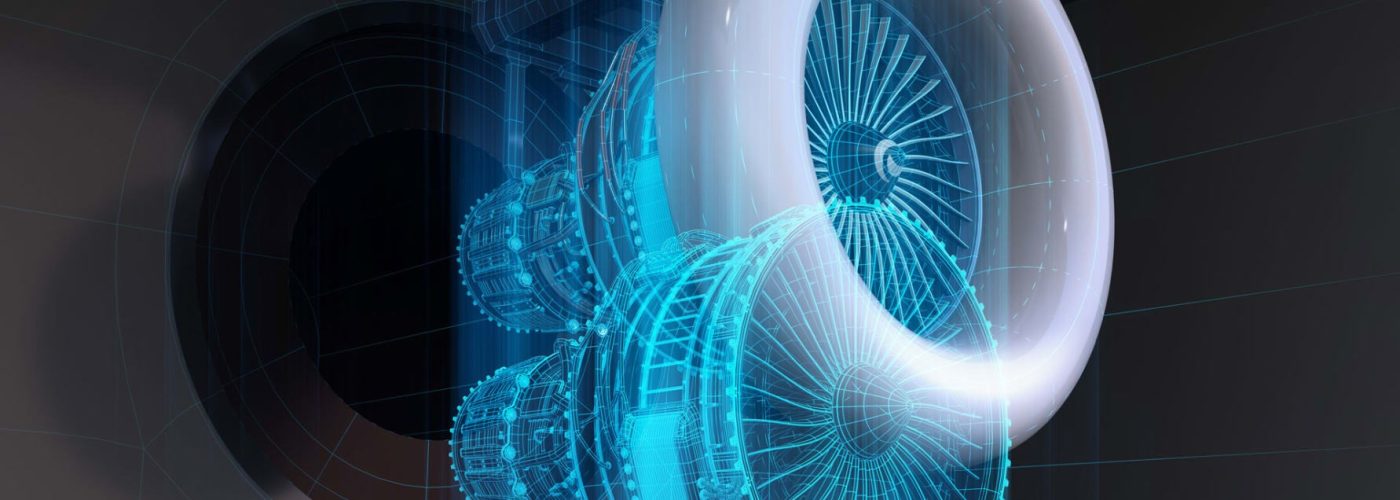César Flores Rodríguez, Chief Division Officer Planning & Design, Operate & Manage Division and Digital Twin Business Unit at Nemetschek Group assesses what the AEC/O industry can learn from other industries and how it can accelerate the adoption of digital twins.
Digital twins have undergone a significant transformation in recent years, evolving from being just a concept to becoming increasingly advanced and influential systems. They have a broad range of industry-specific applications, including manufacturing, aerospace, healthcare, and energy, and are designed to generate new value by integrating physical and digital processes. A digital twin basically is the digital replica of a physical object. And, more importantly, this virtual replica is continuously fed with real-time information from the physical object, reflecting its current state. Many industries are seeing significant benefits from the adoption of digital twins. In manufacturing, digital twins for example support the virtual prototyping and remote product diagnosis and optimize the production processes. In healthcare, simulations for complex operation rehearsals can be run, as well as non-intrusive predictive diagnostics. In aerospace digital twins can increase safety through predictive analysis’ and the optimization of design and engineering. And in the energy sector, power grids can be replicated using digital twins and the remote operation of offshore facilities can be enabled. Also, the logistics, agriculture, and retail industries already benefit from leveraging digital twins.
So what’s in it for the construction industry?
Our industry needs a digital transformation, that’s for sure. The goal must be to create more efficient, sustainable, and user-friendly buildings that can adapt to changing needs and environments. This will help improve productivity, reduce waste, and enhance collaboration between different teams and departments. Through real-time monitoring of physical assets, predictive maintenance can be undertaken, and the risk of errors is reduced. Furthermore, the data accumulated from digital twins can be used for better, i.e., data driven decision making to improve building efficiency.
But why is there such a delay in the AEC/O industry around digital twin adoption? The most obvious answer is the siloed nature of construction project information, as the maturity and connectivity of AEC/O data sources is still developing. Construction and building management companies also have to deal with unpredictable variables that are difficult to optimize: the uniqueness of each construction project and the preferences of the building occupants. Furthermore, as the value proposition of digital twins in the AEC/O industry has been less obvious until recently, businesses leaders have been reluctant to invest the time and capital required to adopt them.
Yet as real-time connectivity and automation tools have become more accessible, digital twins have moved from static representations to “smart” replicas. A static twin – such as a BIM model – already acts as a central data repository, offering an easily accessible, centralized source of data about a building’s assets. This improves productivity by providing the necessary backbone for removing data siloes and integrating assets with various systems. When that twin is enhanced with real-time connectivity – a smart twin – the result is a comprehensive building management system that enables increased responsiveness to issues and enhanced data analytics capabilities. Maintenance activities are expedited and building management is easier to forecast and optimize.
The ultimate goal is to develop an “autonomous twin” through the adoption of technological advancements. The concept of an autonomous twin would enable the creation of fully bi-directional systems that allow buildings to automatically control and adjust the function of various elements, such as environmental controls, elevator movements, and access to specific areas. While this outcome is a longer-term goal, it is a viable possibility. In the meantime, business leaders can optimize the value generated by individual digital twin solutions by integrating them into a comprehensive process known as Building Lifecycle Intelligence (BLI). BLI refers to the accumulation of data across the entire construction lifecycle, which is then converted into a single, reliable source of information.
This approach enables all parties involved in a project to have immediate access to the information they require, regardless of the project’s current stage in the overall lifecycle. Not only does the BLI methodology optimize processes in the short term, but it also provides several long-term benefits. For instance, the insights gained from accumulated data can inform future design decisions. For example, if a correlation is discovered between employee productivity and sunlight exposure, this information could act as the basis for future renovations or the design of new workspaces. Furthermore, the BLI model allows for cost comparisons of specific design choices. By evaluating costs against outcomes, developers can identify new strategies for improving building efficiency and reducing costs associated with specific stages of the building lifecycle. The construction industry may be lagging behind in the adoption of digital twins, but this allows its stakeholders to leverage the learnings from other industries, leading to quick and profound benefits for the entire building lifecycle.
Building, Design & Construction Magazine | The Choice of Industry Professionals





